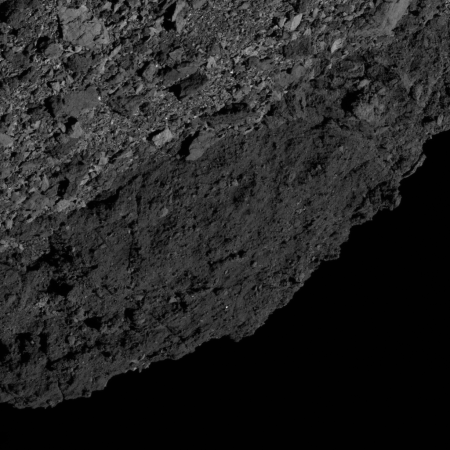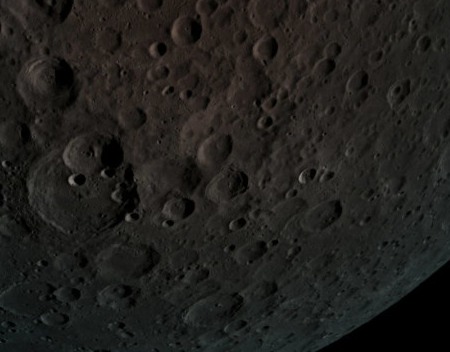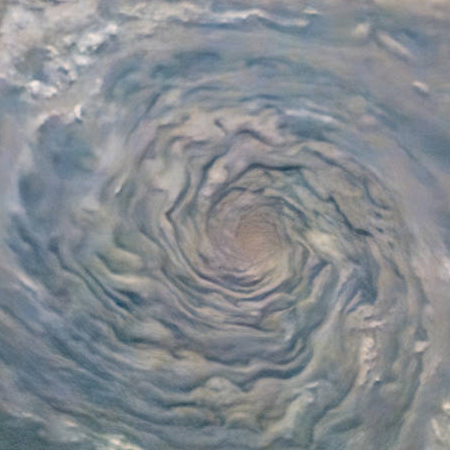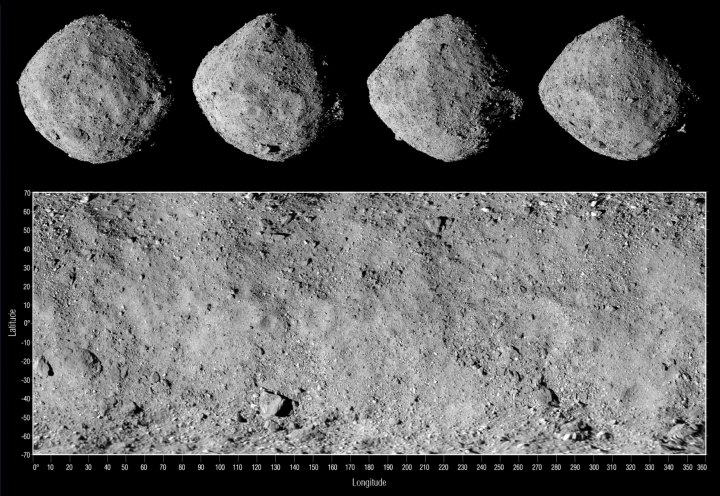Falcon Heavy launch now set for tomorrow evening, April 10
Capitalism in space: SpaceX’s second launch of its Falcon Heavy rocket, the world’s most powerful, has now been rescheduled for 6:36 pm (eastern) on April 10.
This will definitely be worth watching. (I will post the SpaceX live stream link when it goes up.) If all goes well, the three first stage boosters will all land themselves after first stage separation, with two coming in simultaneously on neighboring landing pads in Florida, with the third landing very shortly thereafter on its landing barge in the Atlantic.
A success here will also give the Falcon Heavy two successful launches, two more than SLS (with none), and one more than China’s Long March 5, which is half as powerful but has not launched in almost two years after it failed on its second launch attempt.
The comparison with SLS is more pertinent. Tomorrow’s launch, if successful, will once again demonstrate the complete failure of NASA’s SLS rocket. This government boondoggle has been in development since 2004 in various iterations, for a cost that is likely to exceed $25 billion, fifty times more than it cost SpaceX to develop and make operational the Falcon Heavy. SLS’s first launch, originally scheduled for 2017, is now set to launch in June 2020, but is also more likely to be delayed months, if not more. Beyond that it will likely be more years before its second launch.
Falcon Heavy meanwhile is scheduled to do its third launch in mere months, should tomorrow go off without a hitch. It also has contracts for at least seven future launches. Nor would I be surprised if it completes most of these launches before SLS flies for the first time.
At some point the dimwits in Washington will I hope finally notice the contrast, and stop wasting money on SLS. Give it time, however. They are not very smart, and aren’t really interested in the needs of the American nation.
Capitalism in space: SpaceX’s second launch of its Falcon Heavy rocket, the world’s most powerful, has now been rescheduled for 6:36 pm (eastern) on April 10.
This will definitely be worth watching. (I will post the SpaceX live stream link when it goes up.) If all goes well, the three first stage boosters will all land themselves after first stage separation, with two coming in simultaneously on neighboring landing pads in Florida, with the third landing very shortly thereafter on its landing barge in the Atlantic.
A success here will also give the Falcon Heavy two successful launches, two more than SLS (with none), and one more than China’s Long March 5, which is half as powerful but has not launched in almost two years after it failed on its second launch attempt.
The comparison with SLS is more pertinent. Tomorrow’s launch, if successful, will once again demonstrate the complete failure of NASA’s SLS rocket. This government boondoggle has been in development since 2004 in various iterations, for a cost that is likely to exceed $25 billion, fifty times more than it cost SpaceX to develop and make operational the Falcon Heavy. SLS’s first launch, originally scheduled for 2017, is now set to launch in June 2020, but is also more likely to be delayed months, if not more. Beyond that it will likely be more years before its second launch.
Falcon Heavy meanwhile is scheduled to do its third launch in mere months, should tomorrow go off without a hitch. It also has contracts for at least seven future launches. Nor would I be surprised if it completes most of these launches before SLS flies for the first time.
At some point the dimwits in Washington will I hope finally notice the contrast, and stop wasting money on SLS. Give it time, however. They are not very smart, and aren’t really interested in the needs of the American nation.













